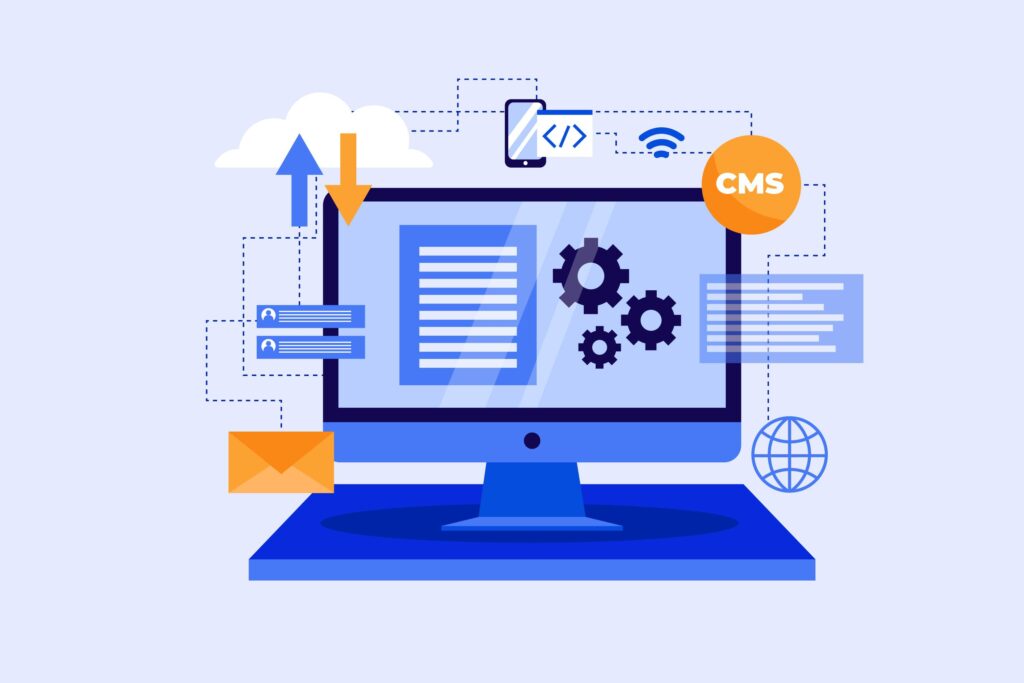How to Speed Up Your PC: Essential Software and Tools to make your System Faster

Here are the step-by-step guide on how to speed up your PC by using essential software and tools to enhance system performance:
Step 1: Uninstall Unnecessary Software
– Open the Control Panel(Press ctrl+R and type control and press enter)
Navigate to `Control Panel > Programs > Programs and Features`.
– Identify and Remove: Go through the list of installed softwares and uninstall any that are no longer needed. This frees up disk space and can reduce background processes.
Step 2: Clean Up Disk Space
– Use Built-in Disk Cleanup Tool:
– Open `File Explorer`, right-click on the `C:` drive, and select `Properties`.
– Click `Disk Cleanup` and select the files you want to delete (temporary files, system cache, etc.).
– Consider Third-Party Tools like CCleaner can help automate and streamline this process, cleaning up system caches, browser history, and other unnecessary files.
Step 3: Optimize Startup Programs
– Open Task Manager: Press `Ctrl + Shift + Esc` or right-click the taskbar and select `Task Manager`.
– Navigate to Startup Tab: Disable unnecessary startup programs that can slow down boot time. Be careful not to disable essential programs.
Step 4: Update Drivers
– Check for Updates Manually:
– Open `Device Manager` (right-click `Start` button and select `Device Manager`).
– Right-click on devices (like graphics card, network adapters) and select `Update driver`.
– Use Driver Update Software: Tools like Driver Booster can automatically scan for and update outdated drivers.
Step 5: Scan for Malware and Adware
– Run a Full System Scan: Use trusted antivirus software (like McAfee, Windows Defender, AVG antivirus etc.) to scan for and remove malware that can slow down your system.
– Use Specialist Tools: Adware and other such threats can be found and eliminated with the help of programs like Malwarebytes.
Step 6: Defragment and Optimize Your Hard Drive
– For HDDs:
– Open `File Explorer`, right-click on the `C:` drive, and select `Properties`.
– Go to the `Tools` tab and click `Optimize`.
– For SSDs: Modern SSDs don’t need defragmentation but use the `Optimize` function to ensure TRIM is enabled.
Step 7: Adjust System Settings for Performance
– Modify Visual Effects:
– Open `Control Panel > System and Security > System`.
– Click `Advanced system settings`, go to the `Performance` section, and select `Settings`.
– Choose `Adjust for best performance` or manually select options to reduce visual effects.
– Change Power Settings: Go to `Control Panel > Power Options` and select the `High performance` plan to ensure your PC is running at full potential.
Step 8: Manage Browser Extensions
– Disable Unnecessary Extensions: Open your web browser’s settings and manage or remove extensions and add-ons that you don’t use.
– Use Performance Extensions: Consider extensions that block ads and trackers, which can improve browser performance.
– Use Google Chrome Browser for better performance and High Security.
Step 9: Monitor System Performance
– Use Performance Monitoring Tools: Tools like Task Manager, Resource Monitor, or third-party applications like HWMonitor or Speccy can help track system performance and identify any bottlenecks.
– Regular Maintenance: Schedule regular scans and performance checks to keep your system running smoothly.
Step 10: Consider Upgrading Hardware (If Necessary)
– Evaluate Needs: If software optimizations aren’t sufficient, consider upgrading components such as RAM, SSD, or GPU.
In summary
You can greatly improve the performance of your PC by using the appropriate software and tools in conjunction with these procedures. Your system will continue to run quickly and effectively over time if you perform routine maintenance and keep up with updates and cleanups.
1 thought on “How to Speed Up Your PC: Essential Software and Tools to make your System Faster”
Thank you for helping out, excellent info. “Job dissatisfaction is the number one factor in whether you survive your first heart attack.” by Anthony Robbins.